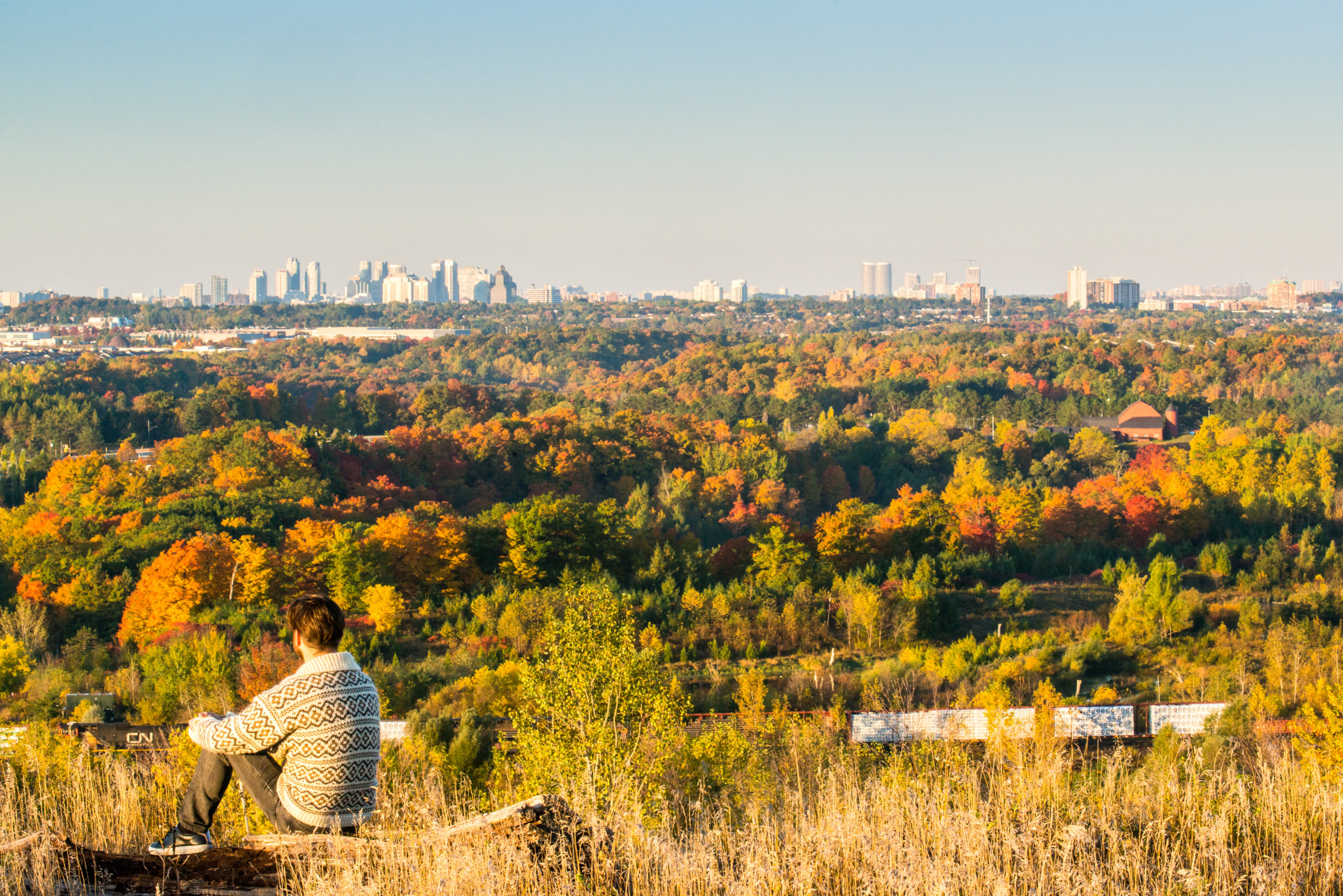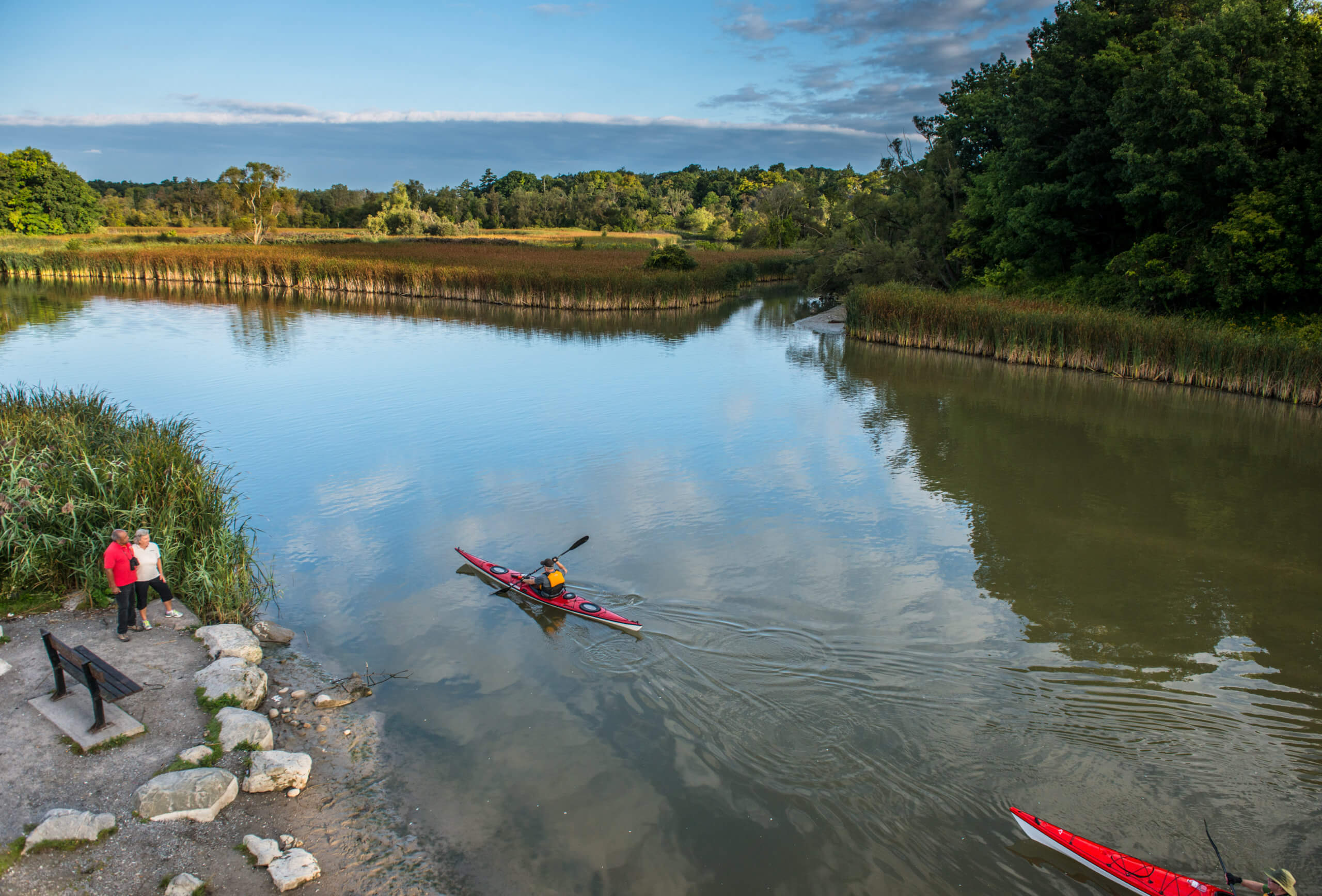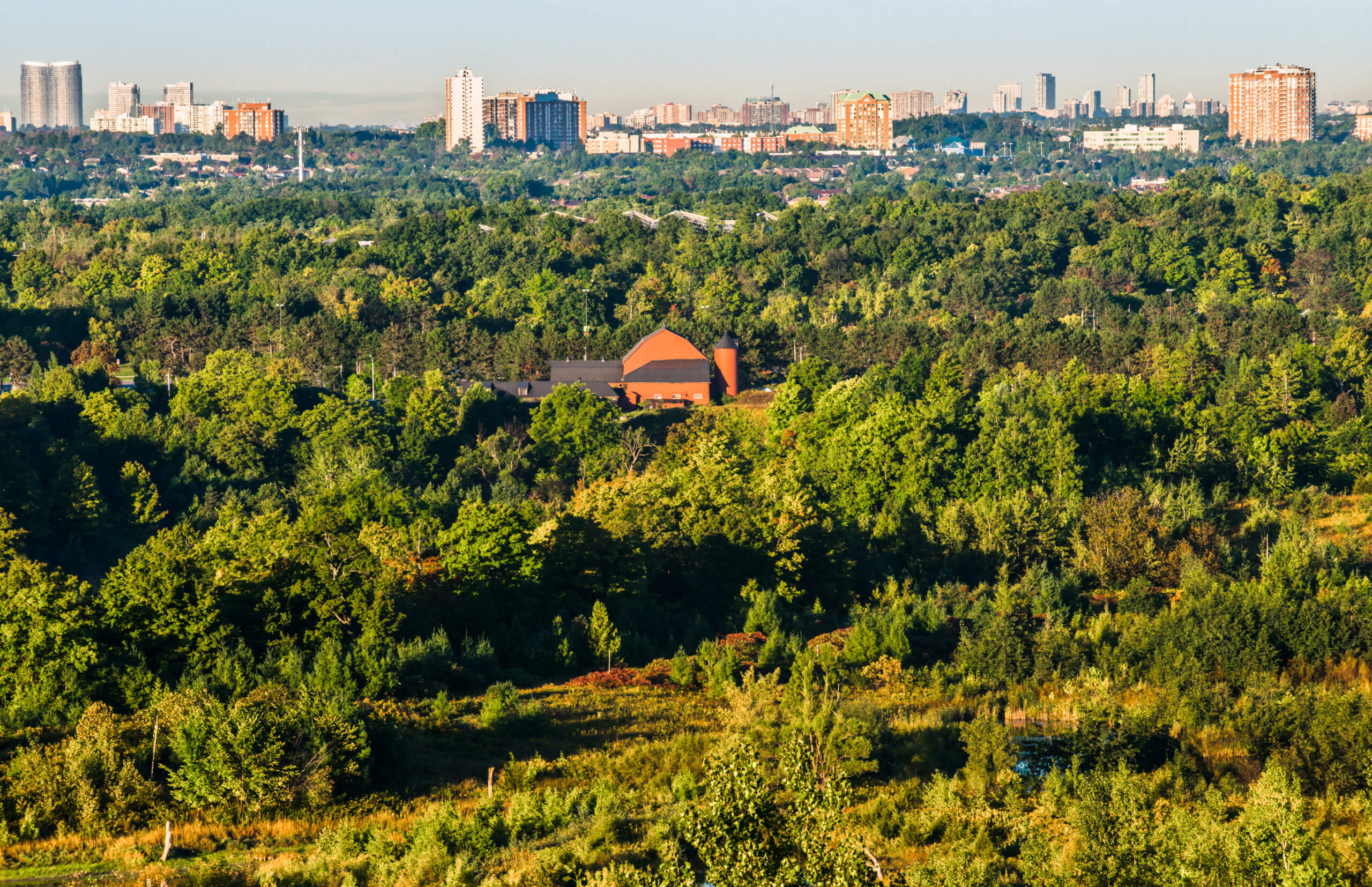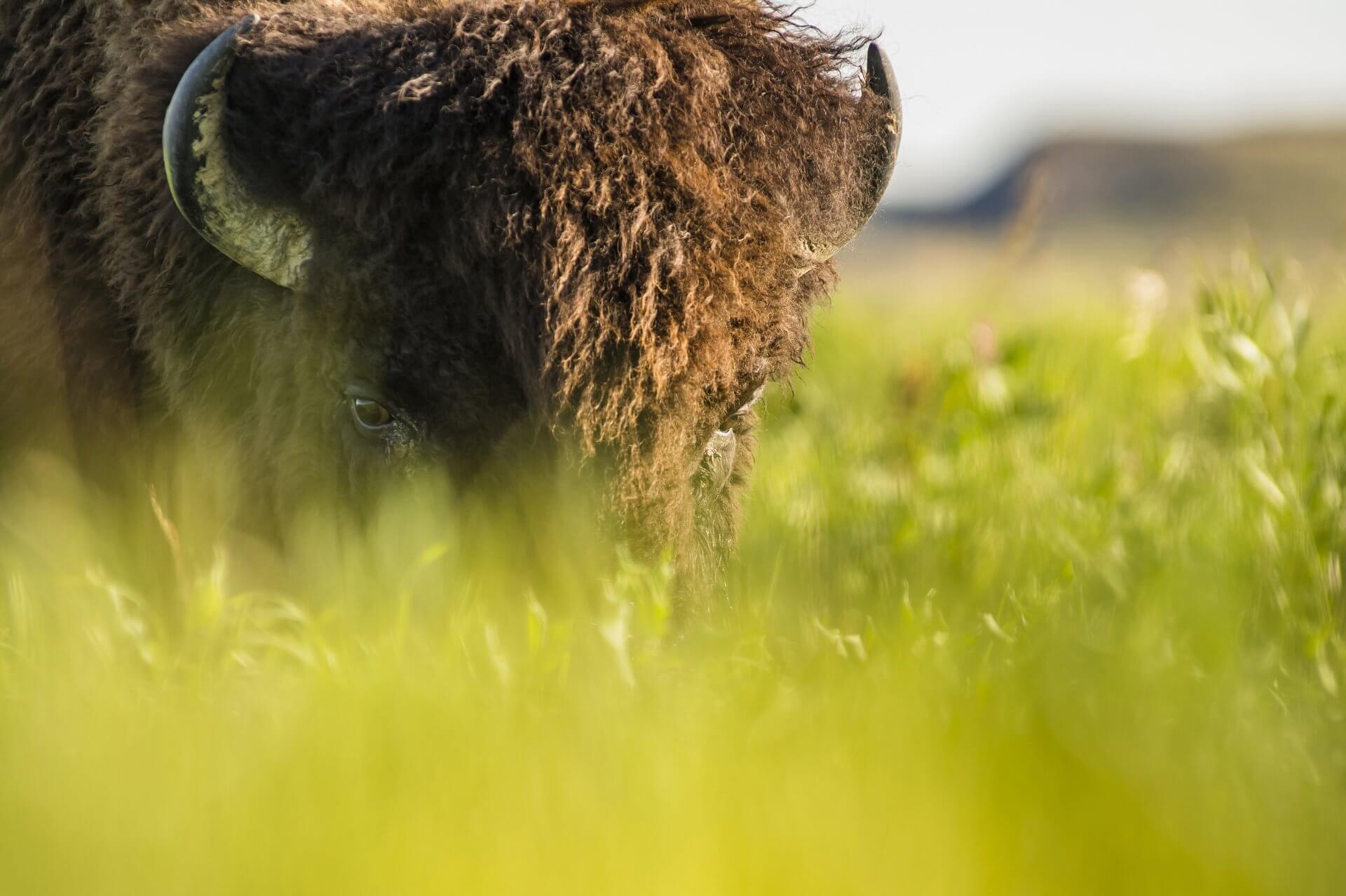Oasis In The City: A Look At Toronto’s Rouge Park
With 20 percent of Canada’s population living in close proximity to it, Rouge National Urban Park is a much-needed oasis of green. The park, which is the largest urban park in North America, provides a dose of nature for both city-dwellers and those visiting the Greater Toronto Area. Hiking, cycling and kayaking are all on offer within easy reach of the city centre.
Even more importantly, Rouge National Urban Park is an ecologically protected zone spanning 79.1 square kilometres, encompassing much of the Rouge River Valley and the Little Rouge Creek, as well as wetlands, moraines and farmland. The park’s sprawling lands reach the cities of Toronto, Markham and Pickering as well as the Township of Uxbridge.
Where is Rouge National Urban Park?
The story of the Rouge begins nearly 13,000 years ago when the ice sheets from the last glacial period retreated. The sand and silt left behind was gently molded and formed over time to the valleys and hills we see in the park today. Evidence of life in this region goes back 10,000 years and archeological remains of Iroquoian villages have been found throughout the park. The Rouge river, which runs through the park, was a major canoe route for Indigenous populations for thousands of years, providing a vital link between waterways.
Today, the boundaries of the park span from Lake Ontario in the south to the Oak Ridges Moraine in the north. Visitors can access the park for free daily. Public transportation is available. Visit Parks Canada to find out how to arrive at the park by bus, car or canoe. The park is currently undergoing infrastructure upgrades and remediation in certain areas so be sure to check the Parks Canada site for any closures before heading out.
What’s there to do in Rouge National Urban Park?
Arrive at Rouge with a sense of adventure and you’ll be blown away by the amount of amazing things to see and do. The landscape is varied and encompasses some of the last remaining spots of wilderness in Canada’s most densely populated area. You’ll find working farms, the region’s largest marshes, a beach, Carolinian ecosystems and some of Canada’s oldest known Indigenous sites.
Walking and hiking is probably the most popular activity at the park. there are multiple trails that meander through the mature forests, meadows and valleys of this pretty park. From the short Rouge Marsh Trail that takes you to the largest remaining wetland in the city to the 7.6 km Monarch Trail that heads past rare cedar savannah and a restored stand of white pines, there are many paths to follow and none of these are overly strenuous for the average hiker. Cyclists also have paths to enjoy and can connect with the Waterfront Trail at Rouge Beach for a leisurely ride along the shores of Lake Ontario.
If you’re looking for a place to paddle your canoe, kayak or stand-up paddleboard, Rouge has some great routes along the Rouge River and around the tranquil Rouge Marsh.
The Glen Rouge Campground is currently closed for upgrades, but once it is reopened it contains the only available camping within the city of Toronto. There are oTENTiks (like a cross between an A-frame cabin and a prospector tent) to rent and campsites for tents or RVs. We will update this post once the campground reopens. An exciting option for those looking for a few nights in nature in close proximity to the city.
What wildlife can be seen in Rouge National Urban Park?
Rouge National Urban Park contains a high level of biodiversity due to its location, topography, soil and microclimates. Within the park, you’ll find hundreds of species of plants, birds, fish and animals, including 27 species-at-risk.
Parks Canada estimates that the park is home to 44 mammals, 247 species of birds, 27 reptiles and 73 fish species. Coyotes, deer and fox — and even black bears! — have been spotted in the park. And although you’re unlikely to run into a bear, there are lots of incredible species to look out for, including frogs and turtles, herons and owls. The park also provides an important ecosystem for pollinators vital to our food chain.
If you’re looking for an escape from the city, head over to Rouge and take a walk in some of the last remaining tracts of forest in the GTA. See how many bird and animal species you can spot. Visit Parks Canada for what’s open and closed this season and be sure to follow the signs posted in the park.

















